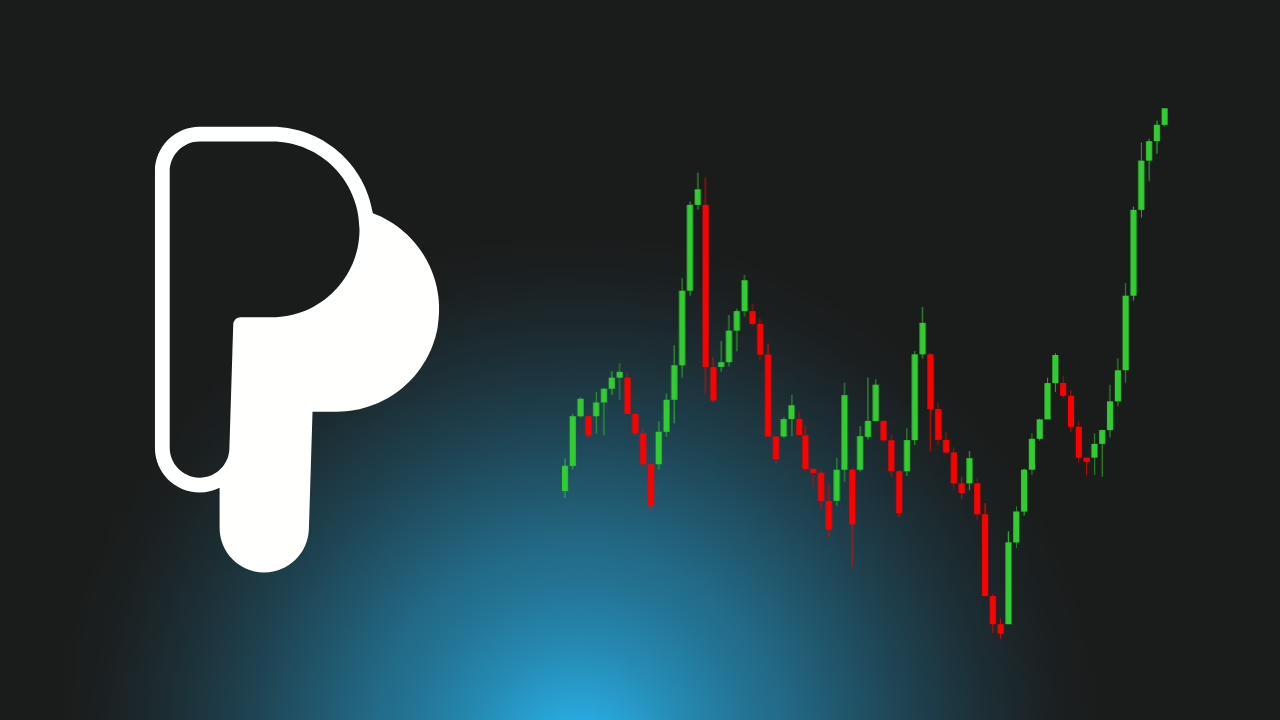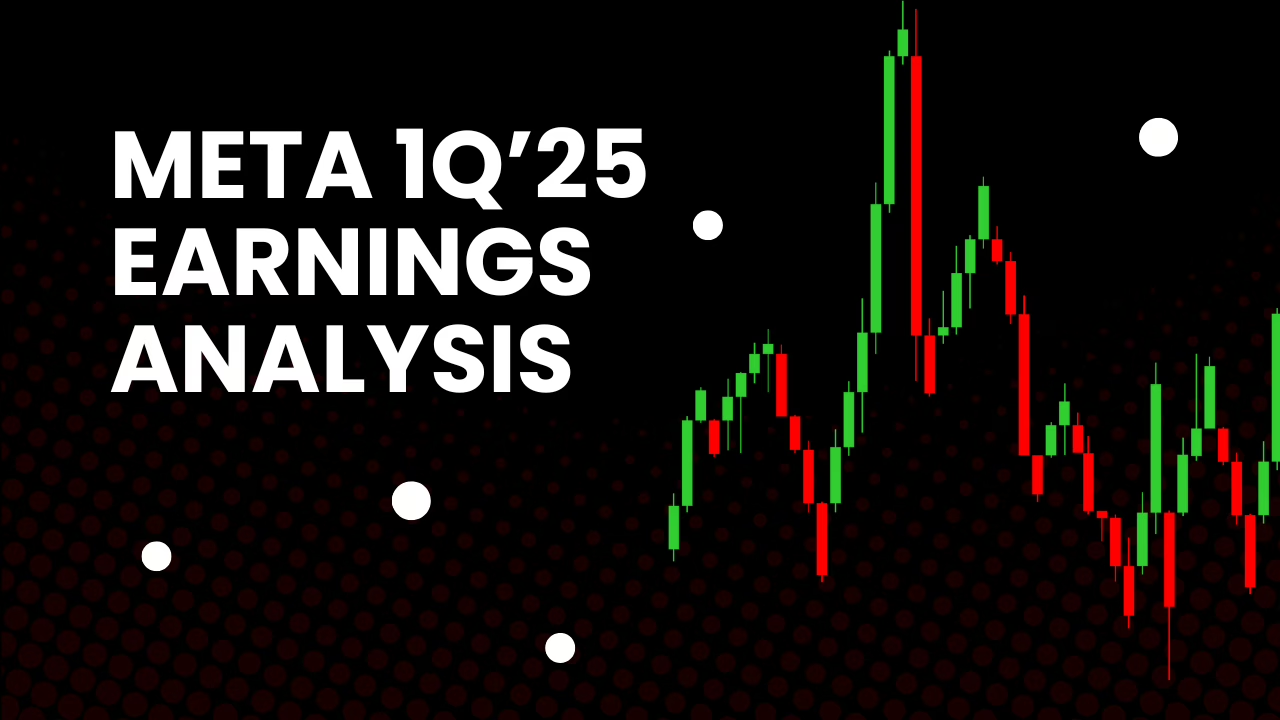A diagonal call spread is an options strategy that combines elements of both vertical and horizontal spreads. It involves buying and selling call options on the same underlying asset but with different strike prices AND different expiration dates. This contrasts with vertical spreads (like bull or bear call spreads) which have the same expiration but different strikes, and horizontal (calendar or time) spreads which have the same strike but different expirations.
Core Concept:
The diagonal call spread aims to profit from a combination of factors, including:
- Time Decay (Theta): Capitalizing on the faster decay of the near-term option compared to the longer-term option.
- Price Appreciation: Hoping the underlying asset price moves favorably towards or beyond the strike prices.
- Volatility Changes (Vega): The differing sensitivities to volatility between the near-term and longer-term options can impact the spread’s value.
The strategy typically involves buying a longer-dated call option with a lower strike price and selling a shorter-dated call option with a higher strike price. However, variations exist where the strikes can be inverted, although this is less common for a standard bullish outlook.
Components of a Diagonal Call Spread (Typical Bullish Setup):
-
Long Call (Buy to Open): You buy a call option with a longer time to expiration and a lower strike price. This is the anchor of the position and provides the potential for profit if the underlying asset price rises. It also has a higher sensitivity to volatility (vega) and a slower rate of time decay compared to the short call.
-
Short Call (Sell to Open): You sell a call option with a shorter time to expiration and a higher strike price. This generates premium income, which helps to offset the cost of the long call. This option experiences faster time decay and has a lower sensitivity to volatility. You are obligated to sell the underlying asset at this higher strike price if the option is assigned.
How it Works (Mechanics):
Consider an example: Suppose Stock ABC is trading at $50. You are moderately bullish and believe it will rise to around $55 within the next couple of months.
- Action 1: Buy 1 ABC August $50 Call @ $4.00 (Longer-term, lower strike)
- Action 2: Sell 1 ABC July $55 Call @ $1.50 (Shorter-term, higher strike)
Net Debit: You establish this spread for a net debit of $2.50 ($4.00 – $1.50). This is your maximum potential loss if both options expire worthless or if the stock price falls significantly.
Profit and Loss Profile:
The profit and loss profile of a diagonal call spread is complex and changes over time as the shorter-dated option approaches expiration. It’s not as easily defined as a vertical spread.
-
Ideal Scenario: By the July expiration, the price of Stock ABC is near or slightly above $55. The July $55 call expires worthless, and you keep the $1.50 premium. You still hold the August $50 call, which has appreciated in value due to the price increase and still has a month of time value remaining. You can then choose to sell the August call for a profit, hold it if you expect further appreciation, or sell another shorter-dated call against it (creating a new diagonal spread with a later expiration).
-
Maximum Potential Profit: This is difficult to calculate precisely upfront as it depends on the value of the longer-term option after the short-term option expires. Generally, it occurs if the short-term option expires worthless or with minimal value, and the longer-term option has significantly appreciated.
-
Maximum Potential Loss: Limited to the initial net debit paid to establish the spread. This would occur if the underlying asset price falls significantly and stays below the lower strike price, causing both options to lose most or all of their value.
-
Breakeven Points: Diagonal spreads can have one or two theoretical breakeven points at the expiration of the short-term option. These are difficult to calculate precisely beforehand and are influenced by the implied volatility of both options and the time remaining on the longer-term option.
Key Factors Influencing Profitability:
- Time Decay (Theta): The faster decay of the shorter-term call works in your favor.
- Underlying Asset Price Movement: The strategy benefits from the price moving towards or slightly above the higher strike price by the short-term expiration. Continued appreciation can further increase the value of the longer-term call.
- Implied Volatility (Vega): Changes in implied volatility have a complex impact due to the different expiration dates. Generally, an increase in volatility can benefit the longer-term call more than it hurts the shorter-term call, potentially increasing the spread’s value. Conversely, a decrease in volatility can negatively impact the longer-term call more.
- Interest Rates (Rho) and Dividends (if applicable): These factors have a smaller impact compared to time decay and volatility for typical diagonal spreads with relatively short time horizons.
When to Use a Diagonal Call Spread:
- Moderately Bullish Outlook Over a Longer Timeframe: You expect the underlying asset price to appreciate over the life of the longer-term option but may experience some near-term consolidation or slower movement.
- Seeking Lower Upfront Cost Than a Straight Long Call: Selling the shorter-term call helps to offset the cost of buying the longer-term call.
- Capitalizing on Time Decay of the Near-Term Option: You want to profit from the faster erosion of the shorter-dated call’s time value.
- Flexibility to Adjust the Position: After the short-term option expires, you can decide whether to close the remaining long call, sell another short-term call against it with a later expiration or different strike, or hold it outright.
Advantages:
- Lower Initial Cost: Typically less expensive than buying a long call with the same longer expiration.
- Potential for Profit from Multiple Factors: Benefits from price movement, time decay, and potentially volatility changes.
- Defined Risk: Maximum loss is limited to the initial net debit.
- Flexibility in Management: Allows for adjustments after the short-term option expires.
Disadvantages:
- Complex Profit/Loss Profile: More challenging to analyze and manage than simple vertical or horizontal spreads.
- Greater Sensitivity to Timing and Price Movement: Requires a more accurate prediction of both the direction and the timing of the price movement.
- Potential for Losses if Price Stagnates or Falls: If the price doesn’t move favorably, the shorter-term call could expire worthless, and the longer-term call might lose value due to time decay, leading to a loss of the initial debit.
- Two Different Expiration Dates Require Active Management: You need to decide what to do when the short-term option expires.
Managing a Diagonal Call Spread:
- Monitoring the Short-Term Expiration: This is a crucial decision point. If the short call is in-the-money, you might need to decide whether to let it be assigned (and potentially sell your long call), roll the short call to a later expiration, or close the entire spread.
- Adjusting the Longer-Term Leg: Based on the price action after the short call expires, you might choose to sell the remaining long call, hold it, or create a new short call against it.
- Rolling the Entire Spread: If your initial outlook changes, you might consider closing the entire spread and opening a new one with different strikes or expirations.
Variations:
While the typical bullish diagonal call spread involves a lower strike long call and a higher strike short call, other variations exist, such as:
- Bearish Diagonal Call Spread: Buying a longer-dated call with a higher strike and selling a shorter-dated call with a lower strike. This aims to profit from a price decline or limited upside.
In Conclusion:
The diagonal call spread is a more sophisticated options strategy that offers a way to express a directional bias over a longer timeframe while potentially reducing upfront costs and benefiting from time decay. However, its complexity requires a thorough understanding of how different expiration dates and strike prices interact with price movement, time decay, and volatility. Active management is often necessary to maximize profits and mitigate risks as the shorter-dated option approaches expiration.




